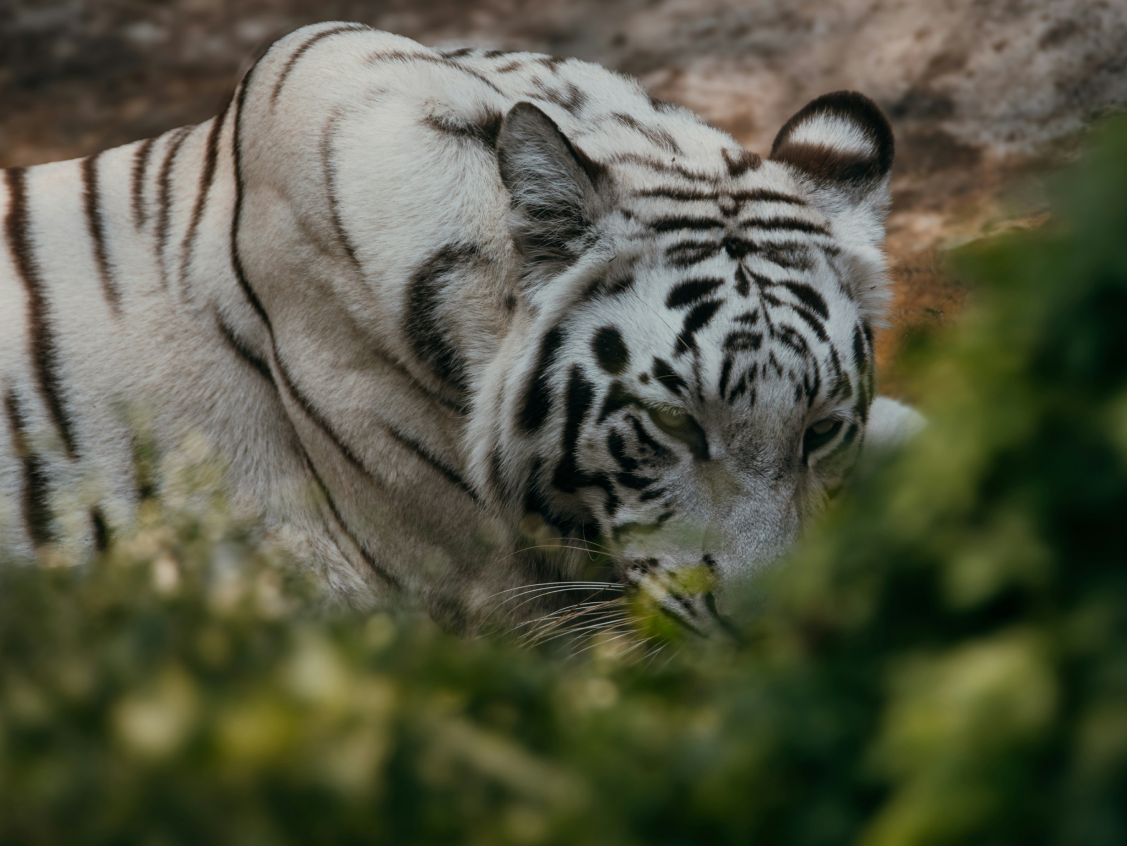
White Tiger: The Rare Beauty of the Wild
The white tiger (Panthera tigris tigris) is a rare and stunning genetic variation of the Bengal tiger. With its striking white coat and dark stripes, the white tiger is a mesmerizing creature that has captivated human imagination. However, its rarity and unique appearance are both a blessing and a challenge for this extraordinary predator.




